Mitsubishi Lancer Evolution 2007 (Topic Ufficiale)
-
Contenuti simili
-
Mitsubishi ASX Facelift 2024 1 2 3
Pubblicato da j,
- mitsubishi ufficiale
- asx 2024
- (e 7 altri in più)
- 23 risposte
- 2037 visite
-
- 0 risposte
- 725 visite
-
- 1 risposta
- 507 visite
-
-
-

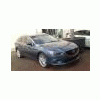
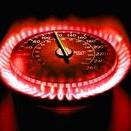

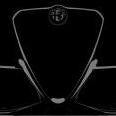










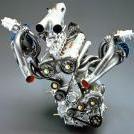
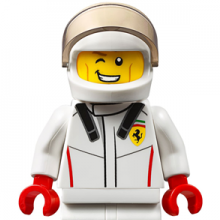




.thumb.jpg.46228d717c405acd43b45b79fddce6a4.jpg)
Messaggi Raccomandati:
Crea un account o accedi per lasciare un commento
Devi essere iscritto per commentare e visualizzare le sezioni protette!
Crea un account
Iscriviti nella nostra community. È facile!
Registra un nuovo accountAccedi
Sei già registrato? Accedi qui.
Accedi Ora